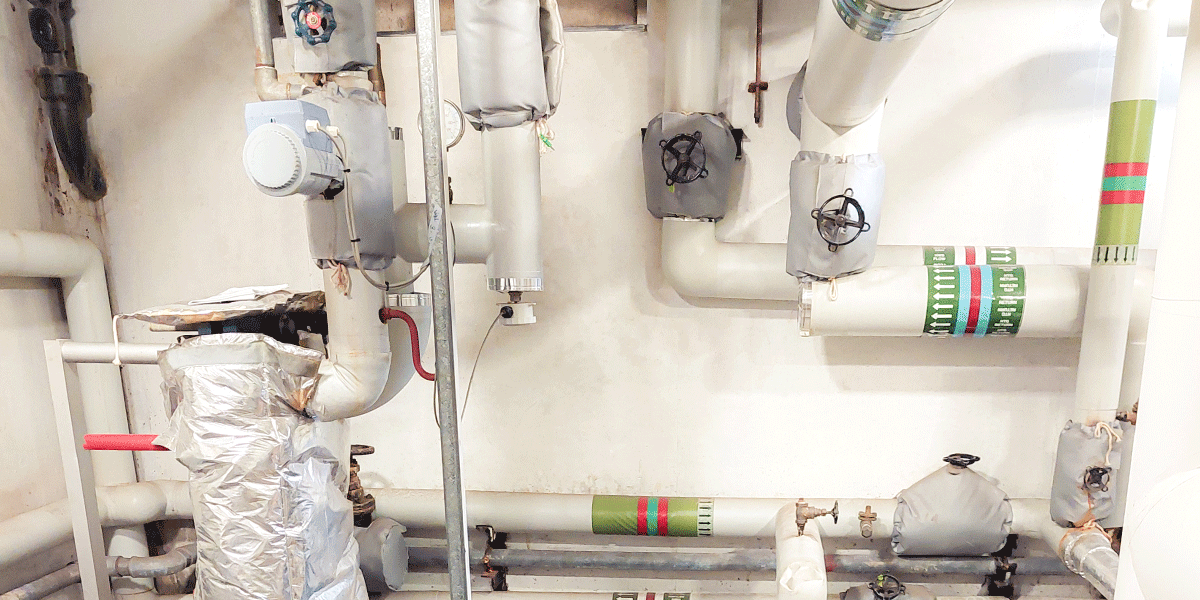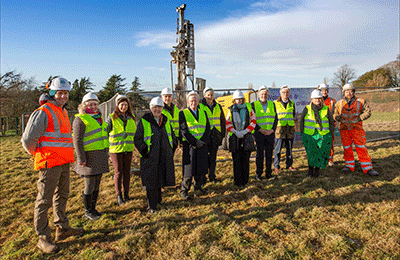What was the aim of the work?
A hospital, mostly built between the 1930s and 1960s, had a legacy steam distribution system that was reaching the end of its operational lifetime. The negative consequences of an unplanned interruption to space heating and hot water generation would be significant for this busy healthcare facility. At the same time, the NHS Trust was pursuing decarbonisation targets that will ultimately require the site’s heating and hot water to be generated from low carbon sources rather than natural gas. The study provided by Natural Power sought to develop technical detail around the options that exist to decarbonise the hospital’s heating, focusing on measures that could be implemented over a short-to-medium timescale and without the full shutdown of the site.
What was the outcome?
It is likely that, in the medium term, a district heating scheme will be developed in the vicinity of the hospital. We found that, in the meantime, the hospital can reduce its carbon emissions, improve operational resilience and – in some cases – reduce energy expenditure by upgrading building energy efficiency, improving water efficiency, promoting behaviour change and improving the efficiency of heat distribution systems. Many of these measures will also ease the path for the integration of on-site heat pumps and/or a connection to a low-carbon heat network.
What did Natural Power do to get this result?
We recommended measures that address problems associated with low ‘delta T’ in LTHW systems, poor control of LTHW flow rates and temperatures, ‘leaky’ buildings and uninsulated pipework. We identified the buildings that were most favourable for disconnecting from the steam system and heating with dedicated heat pumps (and either least favourable for supplying from a heat network or easy to switch). We presented a suggested order of prioritisation of our recommended measures in diagrammatic form, highlighting the synergies and dependencies between different measures and workstreams and disaggregating the recommendations by building location and task or project type.


